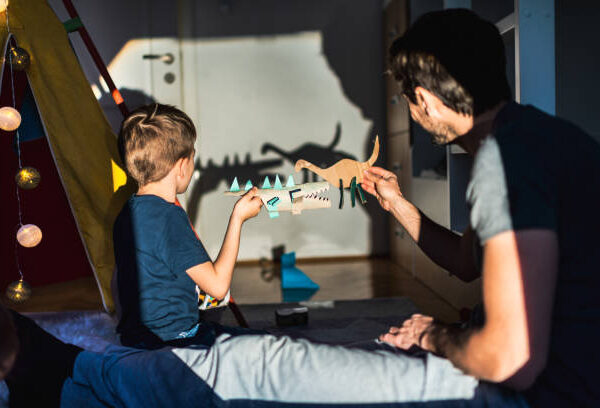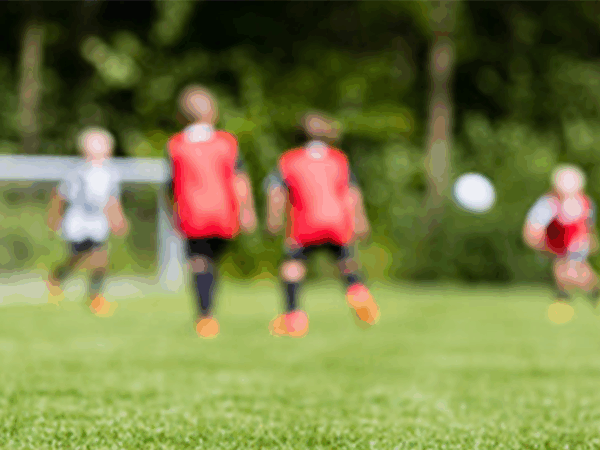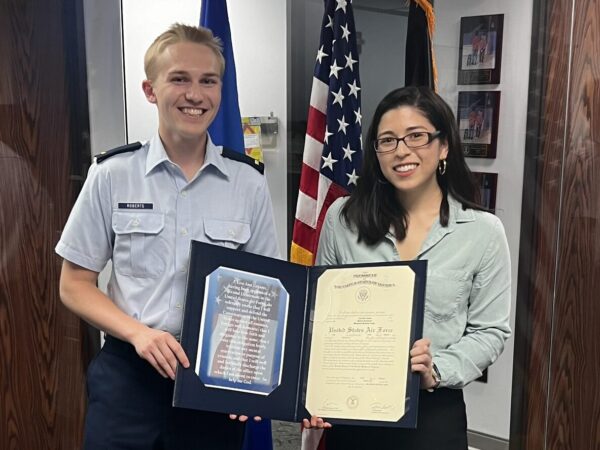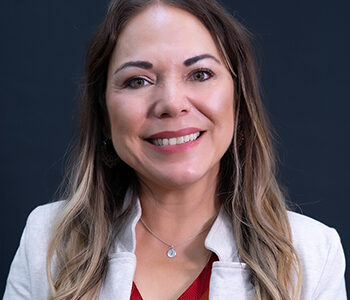Standing Up to Bullying
Every seven minutes a child is bullied at school, according to the U.S. Department of Justice.
Unfortunately, this alarming statistic isn’t really all that surprising given that our national news is flooded with stories about kids whose lives are affected — or ended — by the trauma of bullying. Although most of the attention is focused on the victim or the bully, the one person who seems to make the greatest difference ‘on the ground’ is the bystander.
“Bullying is a social process that involves more than just the bully and the victim. It also involves bystanders — those who witness acts of bullying,” says Jamilia Blake, assistant professor of school psychology. “When a bystander chooses not to intervene, the bully often wins.”
And more times than not, adds Blake, the bystander chooses to ignore the situation altogether. In fact, the U.S. Department of Justice finds that in 85 percent of bullying situations, peers are present, but no one steps in to help.
“Turning a blind eye creates an environment where bullying is not actively disapproved and where there is little to no consequence for the bully,” Blake says. “Bullying continues because the behavior is reinforced by peers. If I tell a joke and everyone laughs, will I tell that joke again? Yes. If I tell a joke and no one laughs, will I tell that joke again? Probably not.”
Empowering peer bystanders to intervene in bullying situations is just what Blake and her team hope to accomplish with their most recent research endeavor.
Funded by a grant from the Society for the Study of School Psychology, Blake, along with Jan Hughes, professor of school psychology, and Michael Stephenson, professor of communication, is working to develop an effective bullying prevention program to incorporate in schools across Texas.
But before they can develop a prevention program, the team has to first find out what influences children’s willingness to intervene in bullying situations.
“Research says that in order to reduce bullying you have to transform passive bystanders into active defenders,” Blake says. “But little is known about what actually influences children to take a stand against bullies.”
The team collaborated with child actors from the Brazos Valley Troupe, a family performing arts program, to create videos showcasing bullying scenarios with one of four responses from the bystander:
- standing up for the victim,
- informing an adult,
- joining the bully or
- doing nothing, which was the most common.
The videos were then shown to third and fourth graders in Kids Klub, a recreation based after-school program hosted by the City of College Station and College Station ISD.
The participants were asked to put themselves in the place of the bystander in each video and asked numerous questions about what would happen to them if they acted in a similar way as the bystander.
“We wanted to get feedback from children on whether or not the situations depicted in the videos realistically capture what happens in schools. We also wanted children to tell us if the strategies we present in our videos are effective or if they make things worse for children who choose to intervene,” Blake explains.
The children’s reactions to the videos will help the team identify the cognitive processes that influence children’s judgments as to whether or not to intervene.
The second goal of the study is to pilot a media-based bullying prevention program to reduce bullying by empowering bystanders to act on behalf of the victim.
“Current anti-bullying messages have been ineffective in reducing school-age bullying,” Blake says. “We suspect this is because anti-bullying messages are often delivered by adults, but are not fully endorsed by peers. While the coordination of bullying prevention and intervention should be adult-driven, the message should come from the kids.”
Because kids can relate to other kids, the team enlisted the help of third and fourth graders enrolled in Kids Klub at Creekview Elementary in College Station ISD to create a pilot video in which the children take a stand against bullying.
“The kids created their own bullying situation, developed characters, filmed the video and took ownership of the project, hopefully changing their perception of bullying and also increasing their confidence to intervene,” Blake says.
Although currently involved in the data collection stage, Blake expects that with the help of the video aid, the children will be more likely to stand up against bullying. The team anticipates that watching older and ‘cooler’ students defending victims will positively alter bystanders’ perceptions to think that defending victims is the appropriate and acceptable action.
It will take a few years to develop an empirically valid prevention program, but the team’s end goal is to develop and implement the program in schools statewide.
Bullying generally begins to escalate in the fifth and sixth grade, Blake notes. Therefore, the team would like to create a program that works in elementary and middle school to prevent the problem from reaching that heightened stage.
In research featured in the Journal of School Violence, Blake surveyed 602 school counselors and psychologists nationally to identify intervention practices used to address bullying in schools. What she found was that school practitioners are offered limited guidance and training opportunities surrounding the best methods to address bullying and victimization.
With this information in mind, the team is also looking into the possibility of using the findings from this study to train professionals on how to intervene in bullying situations.
“Bullying is a national epidemic that plagues our schools,” Blake says. “I hope our final prevention program can effectively encourage bystanders to begin advocating for the victim and, ultimately, diminish the occurrence of bullying across the state and beyond.”
Learn more about Dr. Jamilia Blake.
For media inquiries, contact our Media Relations Coordinator, Ashley Green.
Fundraising
To learn more about how you can assist in fundraising, contact Amy Hurley, Director of Development ahurley@txamfoundation.com or 979-847-9455














